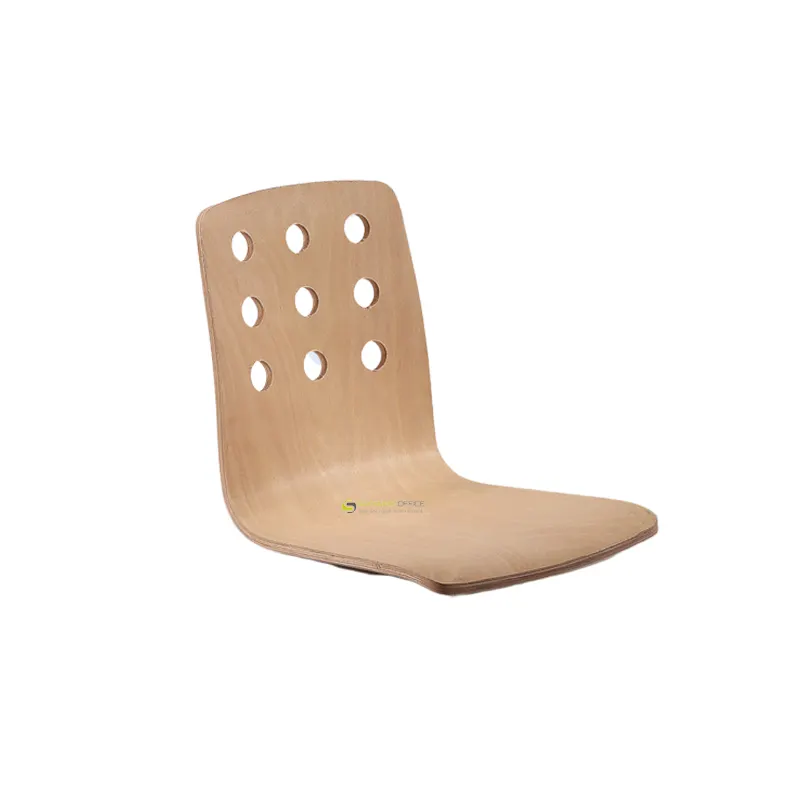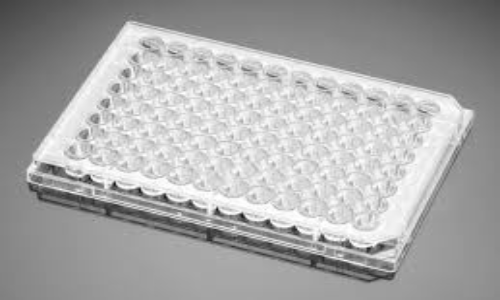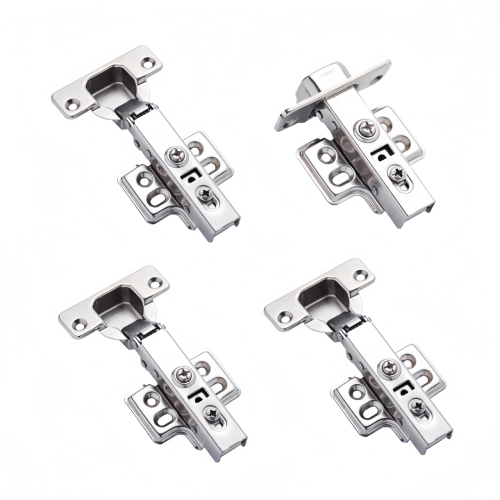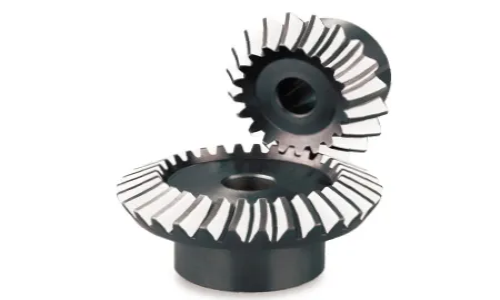Greetings in The Mighty Name of Jesus, The Christ!!!
Carnal vs Spiritual
Brothers and Sisters, do you know the Difference from Living a Carnal Life verses a Spiritual Blood Bought Life? One has Our Lords Blessings, the other has not.
Matthew 7:21-23 KJV
"21 Not every one that saith unto me, Lord, Lord, shall enter into the kingdom of heaven; but he that doeth the will of my Father which is in heaven. 22 Many will say to me in that day, Lord, Lord, have we not prophesied in thy name? and in thy name have cast out devils? and in thy name done many wonderful works? 23 And then will I profess unto them, I never knew you: depart from me, ye that work iniquity."
What Carnal “Christians” Life can have Power and Authority by The Name of Jesus Only and some by the Power and Authority of Satan. The Two can be confusing, but by The Holy Spirit we can Discern them. There are many who Walk among the True Born Again, Blood Bought, who Confess and Walk as though they are Saved By Grace. But as Our Lord Jesus has said, He does not KNOW Them.
Luke 17:33-36 KJV
"33 Whosoever shall seek to save his life shall lose it; and whosoever shall lose his life shall preserve it. 34 I tell you, in that night there shall be two [men] in one bed; the one shall be taken, and the other shall be left. 35 Two [women] shall be grinding together; the one shall be taken, and the other left. 36 Two [men] shall be in the field; the one shall be taken, and the other left."
The Carnal Christian Living will not be Saved!!! They will be left behind, I believe that only a Life turned completely to Walk as Jesus has said, that they giving their Lives 100%, might be saved by Martyrize. The reason for the “might be saved”, is because of the Rapture that is to come. Some say that in the Book of Revelations The Church is no longer mentioned after the Third Chapter, I must agree, but what happens after that is Martyrize, people dying because they Confess Jesus as Their Lord.
We must understand The Coming Of Jesus, for Jesus said that there would be things that will point to His Coming…
Matthew 24:6-14 KJV
"6 And ye shall hear of wars and rumours of wars: see that ye be not troubled: for all [these things] must come to pass, but the end is not yet. 7 For nation shall rise against nation, and kingdom against kingdom: and there shall be famines, and pestilences, and earthquakes, in divers places. 8 All these [are] the beginning of sorrows. 9 Then shall they deliver you up to be afflicted, and shall kill you: and ye shall be hated of all nations for my name's sake. 10 And then shall many be offended, and shall betray one another, and shall hate one another. 11 And many false prophets shall rise, and shall deceive many. 12 And because iniquity shall abound, the love of many shall wax cold. 13 But he that shall endure unto the end, the same shall be saved. 14 And this gospel of the kingdom shall be preached in all the world for a witness unto all nations; and then shall the end come."
Everyone looks at verses 6 – 8 not reading the rest of What Jesus said MUST happen before His 2nd Coming. For whatever reason, many believe they will not suffer Affliction or be Killed for Their Faith or be Hated by Everyone. Jesus said that verses 6 – 8 are ONLY the Beginning Of Sorrows. A True Born Again, Blood Bought would Suffer such things, but someone who is Carnal would not, for they do not have a Relationship With Jesus!
Now, Brothers and Sisters, do you yet Walk As Carnal having split making of one’s own body separate from others, saying that You are The Church, The Body Of Christ!!! For those who are Spiritual see that Anyone who confesses Jesus as Savior and Lord and Walks Therein, are The True Church, for they See NO Walls that divide them, nor do they See No Denomination that Separates them! Paul spoke of such that we Must be aware of…
1 Corinthians 3:1-8 KJV
"1 And I, brethren, could not speak unto you as unto spiritual, but as unto carnal, [even] as unto babes in Christ. 2 I have fed you with milk, and not with meat: for hitherto ye were not able [to bear it], neither yet now are ye able. 3 For ye are yet carnal: for whereas [there is] among you envying, and strife, and divisions, are ye not carnal, and walk as men? 4 For while one saith, I am of Paul; and another, I [am] of Apollos; are ye not carnal? 5 Who then is Paul, and who [is] Apollos, but ministers by whom ye believed, even as the Lord gave to every man? 6 I have planted, Apollos watered; but God gave the increase. 7 So then neither is he that planteth any thing, neither he that watereth; but God that giveth the increase. 8 Now he that planteth and he that watereth are one: and every man shall receive his own reward according to his own labour."
I tell you now, anyone who Holds to Any Denomination, Holds to Their Teaching, is yet a Babe In Christ!! For you Believe more in these things then What The Word says HOW WE The Church are to be. You have Chosen to Separate yourselves not because of Jesus, but because of Your Flesh, being yet Carnal!!! Consider the below Scriptures that in part, tells HOW WE are to be…
Ephesians 4:3-6 KJV
"3 Endeavouring to keep the unity of the Spirit in the bond of peace. 4 [There is] one body, and one Spirit, even as ye are called in one hope of your calling; 5 One Lord, one faith, one baptism, 6 One God and Father of all, who [is] above all, and through all, and in you all."
The Carnal Mind fights against these Scriptures, but the Spiritual Minded Embraces these Scriptures understanding that those who Truly ask Jesus to be Their Savior and Lord knows by The Holy Spirit the Truth!!!
I have many, many Brothers and Sisters who Follow The Scriptures who are part of a Denomination, only to bring The Truth to Light. They Fight by The Sword, Hoping they will turn some from the Will of Man and Satan and Turn to Jesus as Savior and Lord of Their Lives!
We must Understand that to be Carnal is Death and to be Spiritual is Life, that Jesus is Not Split, having many Brides, but has Only One Bride and that Bride does The Will Of The Father every day!!
Matthew 7:21 KJV
"Not every one that saith unto me, Lord, Lord, shall enter into the kingdom of heaven; but he that doeth the will of my Father which is in heaven.”
Those who are of The Spirit Understands Why the Offices that Jesus set are so important, that again they Embrace The Word and Hold it True to One Faith In Jesus! But the Carnal Mind CANNOT Understand the things that are Spiritual for they must be Transformed Into Christ by the Renewing of their Minds. For many of you still do not Understand the following Scripture, but hold that it is instant when it is not!!
2 Corinthians 5:17 KJV
“Therefore if any man [be] in Christ, [he is] a new creature: old things are passed away; behold, all things are become new."
The Carnal sees this as if you are Saved then You are all brand new, Completely, but if that where the case we would not need any other Scriptures telling us How To Live In Christ! Paul said that Our Minds have to be Renewed by Having The Truth to be Taught to us, that we will Change from Carnal to Spiritual!
Romans 12:1-2 KJV
"1 I beseech you therefore, brethren, by the mercies of God, that ye present your bodies a living sacrifice, holy, acceptable unto God, [which is] your reasonable service. 2 And be not conformed to this world: but be ye transformed by the renewing of your mind, that ye may prove what [is] that good, and acceptable, and perfect, will of God."
The Carnal MUST be Transformed to The Mind of God to Walk Spiritually!!! Being Carnal Minded does not Allow you to See Spiritual things in them or around them, they must always deal with Logic to have an Understanding. Jesus is very Logical, but it is a Logic that is Spiritual not Carnal. There are things that the Carnal Mind just cannot comprehend, that they Ignore what Scripture says or are Taught by those in the Flesh Not to Accept or To Accept a Different Definition of what The Truth Of The Word says! I was and still am, being Taught By The Holy Spirit the Truth, I did not go to Seminar as most have, but for me, I was told specifically not to go, because The Truth was turning to Lies and Fables!!!
I pray every day that The Church would be One and not Fragmented as it is, sadly to say, it never will be. But, My Fight, My Calling, will not change from The Truth, I try to Live The Truth and I will Die In The Truth and be Renewed In Heaven!!
Brothers and Sisters, the Age of The Gentiles is coming to a close, time is running out, those who Chose to be Carnal Minded will Not be caught up with Our Lord Jesus when He comes for His Bride, only the Spiritual Minded!!!
Matthew 25:1-12 KJV
"1 Then shall the kingdom of heaven be likened unto ten virgins, which took their lamps, and went forth to meet the bridegroom. 2 And five of them were wise, and five [were] foolish. 3 They that [were] foolish took their lamps, and took no oil with them: 4 But the wise took oil in their vessels with their lamps. 5 While the bridegroom tarried, they all slumbered and slept. 6 And at midnight there was a cry made, Behold, the bridegroom cometh; go ye out to meet him. 7 Then all those virgins arose, and trimmed their lamps. 8 And the foolish said unto the wise, Give us of your oil; for our lamps are gone out. 9 But the wise answered, saying, [Not so]; lest there be not enough for us and you: but go ye rather to them that sell, and buy for yourselves. 10 And while they went to buy, the bridegroom came; and they that were ready went in with him to the marriage: and the door was shut. 11 Afterward came also the other virgins, saying, Lord, Lord, open to us. 12 But he answered and said, Verily I say unto you, I know you not."
Five were Carnal, Five were Spiritual, both were called Virgins! Some of you have been fighting with your own selves to Leave those who Walk Carnal, you need to do so before you can ever mature as a Bride Of Christ! Understand this, that We, The Church, The Blood Bought, The Born Again, are to be Separated from The World, for The World is Carnal Minded and We are to be Spiritual Minded…
Consider the below Scriptures, many think it deals with only Marriage, but it deals with The Body Of Christ as a whole, in How we are Living.
2 Corinthians 6:14-18 KJV
"14 Be ye not unequally yoked together with unbelievers: for what fellowship hath righteousness with unrighteousness? and what communion hath light with darkness? 15 And what concord hath Christ with Belial? or what part hath he that believeth with an infidel? 16 And what agreement hath the temple of God with idols? for ye are the temple of the living God; as God hath said, I will dwell in them, and walk in [them]; and I will be their God, and they shall be my people. 17 Wherefore come out from among them, and be ye separate, saith the Lord, and touch not the unclean [thing]; and I will receive you, 18 And will be a Father unto you, and ye shall be my sons and daughters, saith the Lord Almighty."
The Mature needs to Fight for the Carnal, that they will Become Spiritual Minded and not just for the lost, for they are but a little above them! For all who are Carnal will be left behind!! You can Believe whatever you want, but The Word, The Holy Spirit and The Father all agree…Do You?
Amen and Amen!!!
Email: godsonlyfoundation@gmail.com
Website: ApostleLee.com





